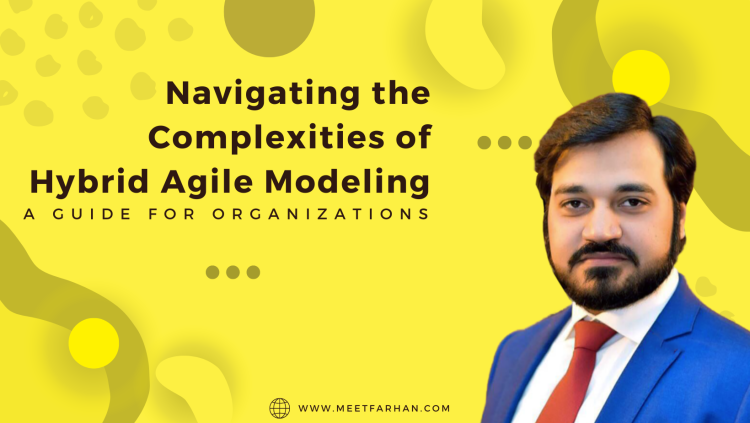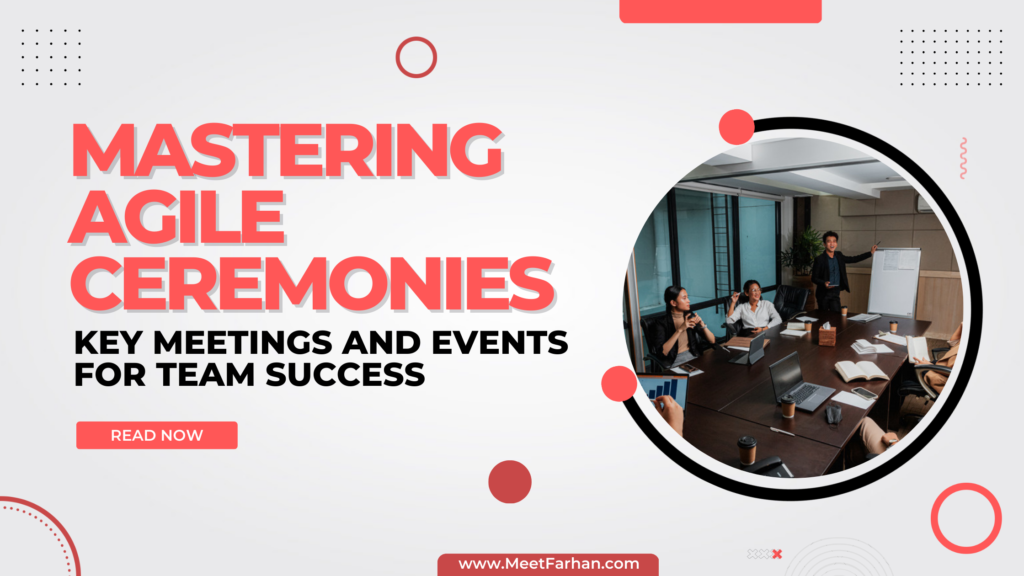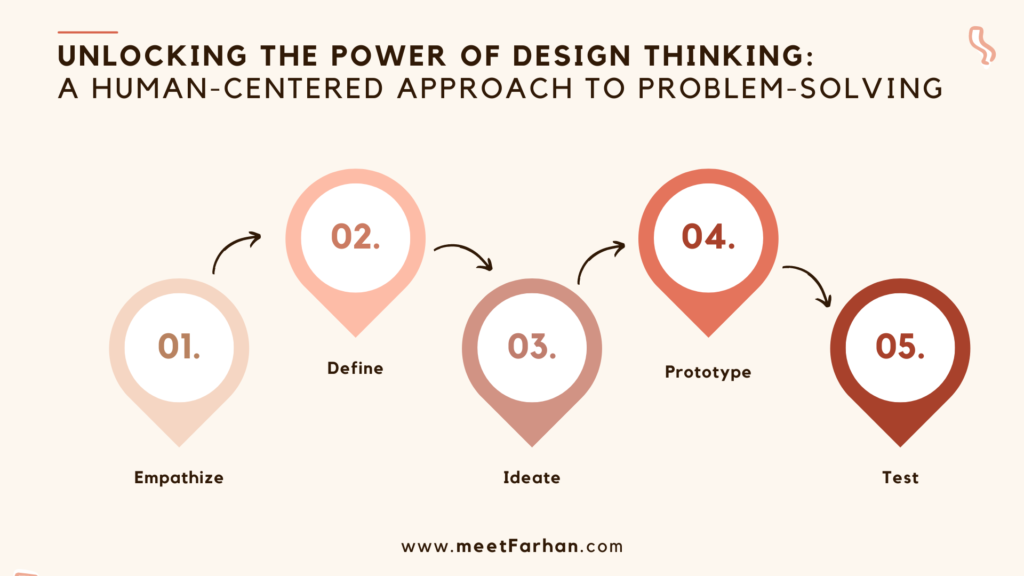Hi, I’m Michael
Web designer and developer working for envato.com in Paris, France.

My Experience

Software Develop.
Co-Founder
Microsoft Corporation

Web Design.
Founder, XYZ IT Company
Reinvetning the way you create websites

Teacher and Developer
SuperKing LTD
Sr. Software Engineer
Education

BSc in Computer Science
University of DVI
New Haven, CT ‧ Private, non-profit

AS - Science & Information
SuperKing College
Los Angeles, CA 90095, United States

Secondary School Education
Kingstar Secondary School
New Haven, CT ‧ Private, non-profit
My Resume
Education Quality
Project Management Professional - PMP
Project Management Institute
Being an earner of the globally-recognized Project Management Professional (PMP), I have demonstrated my extensive knowledge and mastery of project management concepts, tasks, and techniques that are applicable across virtually any industry and methodology.
Demonstrated the knowledge and skills needed to initiate, plan, execute, monitor and control, and close a project.
MS - Project Management
University of Management & Technology (2019 - 2020)MS in Project Management helps me in your career by providing me with advanced knowledge and skills in planning, organizing, and leading projects. This helps me to become a more effective project manager. Additionally, MS in Project Management helps me to develop a better understanding of the industry and the latest tools and techniques used in project management.
BS in Information Technology
University of Punjab (2004 - 2008)BS degree helps me in my career by providing me with a strong foundation in computer science, programming, and information systems. This knowledge was applicable applied to a variety of industries, including software development, IT consulting, cybersecurity, and data analysis.
Project Management
Agile Project Management
Stakeholder Management
Communication
Risk management
People Management
Technical Skills
Problem-solving
Technical expertise
System Design
Continuous improvement
System Security
Job Experience
Director Marketing & Communication
PMI Lahore Chapter - (2022 - Present)As the Director of Marketing & Communications at the PMI Lahore Chapter, I volunteered my time and expertise to help promote the chapter and its events to the local project management community. This included creating and implementing marketing strategies, managing social media accounts, designing promotional materials, and coordinating with other chapter leaders to ensure effective communication and outreach efforts. One of my main responsibilities is to increase the chapter's visibility and reach within the community by creating engaging content and utilizing various marketing channels, such as email campaigns, social media, and local events. I worked closely with the chapter's leadership team to develop a comprehensive marketing plan that aligned with the chapter's goals and objectives. Additionally, I'm serving as the point of contact for media and press inquiries, and helped to manage the chapter's website and online presence. I also working with other chapter leaders to plan and execute events, such as networking opportunities and professional development workshops. Overall, my volunteer service as the Director of Marketing & Communications helping me to increase the chapter's membership and engagement, and helped to establish the chapter as a leading resource for project management professionals in the Lahore area.
Head of Planning & Delivery
Tower Technologies (Pvt) Ltd - (2022- Present)
Overseeing the overall planning and delivery of software projects. Which includes:
- Developing and implementing project management methodologies and processes
- Establishing project timelines and milestones
- Coordinating with cross-functional teams to ensure project deliverables are met on time and within budget
- Managing project risks and issues, and developing contingency plans as necessary
- Ensuring the quality of the deliverables and that they meet the client's requirements
- Communicating project progress and status to stakeholders, including clients and senior management
- Managing and mentoring project managers and other team members
Identifying and implementing process improvements to increase efficiency and productivity
Overall, I have a critical role in ensuring the successful delivery of software projects and the satisfaction of clients.
Visiting Lecturer
University of Management & Technology (2020 - Present)
As Lecturer for MS Project Management, I'm responsible for teaching graduate students about the principles and practices of project management.
- Developing and delivering course content and materials
Leading class discussions and providing guidance to students
- Assessing student performance and providing feedback
- Advising students on academic and career matters
- Participating in curriculum development
Head of Software Development
Head of Software Development - (2017 - 2021)
Supervise and manage all core activities including the development, Quality Assurance, business analysis, documentation, and product/project delivery tasks in partnership with C-suite / Chief Technology Executive. Identify and drive architectural, tool, and technology best practices across multiple teams within the signature family in support of key strategic initiatives. Strategize and align all resource and long-range planning initiatives with product management, industry leaders, and software development processes.
Key Accomplishments
- Deliver solutions and product capabilities with speed and quality as well direction to a technology company, offering mobile Apps, cloud-based software services (SaaS), web-based solutions, and other software services.
- Drive engineering and technology excellence while working across multiple groups; ensured smooth and seamless delivery to customers and end users by leading technological integration for array of services platforms.
- Identify opportunities to improve engineering velocity through systems and tools, defined benchmark of excellence by redesigning application's platform and consolidating technologies with a focus on production deliverables.
- Lead the group to develop, align, and deliver on measurable goals; enhanced customer expectations, raised software controls, and decreased development cycle time and cost by developing TQM environment.
Deputy Director System Development - Core Application Lead
Punjab Land Record Authority - (2015 - 2017)
Served Punjab Land Record Authority in the capacity of Deputy Director Development as Core Application Development Lead for managing team of software engineers along with database administrators for the smooth working of Land Record Management & Information System operational in 145 service centers all over the Punjab
Defined and refined development processes and practices such as version control, build pipelines, automated testing, code reviews. Developed highly scalable, distributed, cloud-service platform by using Service Oriented Architecture. Liaised with technological suppliers and vendors to manage operations for service outreach and product demonstrations.
Key Accomplishments
- Designed, developed and test applications in line with established standards., validated core systems, technical operations and code to confirm scalability also spearhead, execute, and test software development lifecycle.
- Directed high skilled team of software engineers and database administrators to assure smooth working of Land Record Management & Information System operational in 145 service centers all over the Punjab.
- Designed and implemented plans to ensure hassle-free delivery of e-Services in all service centers of Punjab and improved operations by conducting systems analysis and recommending changes in policies and procedures.
- Collaborate with other software developers, product owners and software architects to plan, design, develop, test, and maintain applications, also analyzed and resolved operational, technical and application problems.
Lahore, Punjab
Multiple Organizations - (2008-2015)
Sr. Software Engineer / Team Lead
Ali Akbar Group
May 2012 - Aug 2015
Software Engineer
Descon Integrated Projects Private Limited
Nov 2010 - Apr 2012
Software Engineer
Dunya Media Group
Nov 2009- Sept 2010
Software Engineer
Ken Vision Solutions
Jan 2008- Nov 2009
Company Experience
ERP Integration Consultant
Punjab Group
Served as consultant for Microsoft Dynamics AX Implementation.
- Integration of Existing In-House developed System with Microsoft Dynamics AX which includes.
- Integration of Payroll System
- Integration of Campus Management Solutions of all educational institutes that comes under umbrella of Punjab Group.
Lead Architect
ENVISEDGE LLCPlayed role of Lead Architect in RFID based Inventory Management System for a very renowned Hopsital in USA
My Portfolio
My Blog
Navigating the Complexities of Hybrid Agile Modeling: A Guide for Organizations

Hybrid Agile Modeling is a combination of traditional and Agile modeling approaches that allows organizations to take advantage of the best aspects of both worlds. It is a way of tailoring the Agile process to the specific needs of a project or organization and is becoming increasingly popular in today’s fast-paced and ever-changing business environment.
One of the main advantages of Hybrid Agile Modeling is that it allows teams to work more efficiently and effectively. By combining traditional modeling approaches, such as Waterfall, with Agile methodologies, teams can take advantage of the predictability and structure of traditional models, while still being able to respond quickly to changing requirements and market conditions. This is particularly important in industries such as software development, where requirements and technologies are constantly evolving.
Another advantage is that it allows teams to be more flexible in their approach to modeling. By using a hybrid approach, teams can adapt their modeling strategies to the specific needs of their projects, whether that means using a more traditional approach for large, complex projects, or an Agile approach for smaller, more nimble projects.
However, it’s important to note that Hybrid Agile Modeling is not without its challenges. One of the biggest challenges is that it requires a significant shift in mindset and culture, particularly for organizations that are used to traditional, top-down approaches to modeling.
To overcome this challenge, organizations should start by educating their teams about the principles of Hybrid Agile Modeling, and encouraging them to experiment with new approaches. It’s also important to establish clear roles and responsibilities for team members and to provide them with the tools and resources they need to be successful.
Hybrid Agile Modeling is a powerful approach that can help organizations work more efficiently and effectively, while still being able to respond quickly to changing requirements and market conditions. While it may require a significant shift in mindset and culture, the benefits of this approach are well worth the effort.
Mastering Agile Ceremonies: Key Meetings and Events for Team Success

Agile is a project management methodology that emphasizes flexibility, collaboration, and customer satisfaction. One of the key concepts in Agile is the use of ceremonies, which are regular meetings or events that help teams stay on track and make progress on their projects.
There are several types of ceremonies used in Agile, each with its own specific purpose and objectives:
- Sprint Planning: This is a meeting that takes place at the beginning of each sprint (a fixed period of time, usually two to four weeks) to plan the work that will be done during the sprint. The team reviews the backlog, prioritizes items, and commits to completing a set of tasks during the sprint. This helps to ensure that the team is working on the most important items and is able to deliver value to the customer.
- Daily Scrum: This is a daily meeting where team members give a quick update on what they did yesterday, what they plan to do today, and if they have any blockers. The purpose of this meeting is to keep the team aligned and on track, and to identify and address any issues early on.
- Sprint Review: This is a meeting at the end of each sprint where the team demonstrates the work they have completed and gets feedback from stakeholders. The purpose of this meeting is to get feedback on the work done and make sure the team is delivering value to the customer.
- Sprint Retrospective: This is a meeting where the team reflects on the last sprint, discusses what went well and what could be improved, and creates action items for the next sprint. The purpose of this meeting is to continuously improve the team’s processes and workflow.
- Backlog grooming: This is a meeting where the team reviews, prioritizes and estimates the work items in the backlog, to ensure that the backlog is up-to-date and ready for the next sprint planning meeting. This helps the team to focus on the most important items and make sure that they are aligned with the customer’s needs.
By regularly participating in these ceremonies, teams can stay aligned, make progress on their projects, and continuously improve their processes. It’s important to remember that the key to getting the most out of Agile is to be flexible and adaptive and to always keep the customer’s needs in mind.
In addition, it’s important to note that ceremonies should be as simple as possible, it’s important not to over complicate them and to keep them as short as possible, to ensure that the team is not wasting valuable time on meetings, but rather focusing on delivering value.
Unlocking the Power of Design Thinking: A Human-Centered Approach to Problem-Solving

Design thinking is a problem-solving approach that has been gaining popularity in recent years, particularly in the field of product and service design. At its core, design thinking is a human-centered approach that focuses on understanding the needs and wants of the end-user, and using that understanding to drive the design and development of products, services, and experiences.
The design thinking process typically includes five key steps: empathizing with the user, defining the problem, ideating potential solutions, prototyping, and testing.
The first step in the process is empathizing with the user. This involves understanding their needs, wants, and pain points through research and observation. This step is critical in ensuring that the final solution addresses the real needs of the end-user.
Once a deep understanding of the end-user has been established, the next step is to define the problem. This involves identifying the specific challenge that needs to be solved and defining it in a clear and concise manner.
With the problem clearly defined, the next step is to generate potential solutions. This is where creativity comes into play, as the goal is to generate as many ideas as possible, regardless of how practical or feasible they may seem.
After a wide range of potential solutions have been generated, the next step is to prototype and test. This involves creating a physical or digital representation of the solution and testing it with real users. This step helps to identify any flaws or issues with the solution and allows for iterative improvements to be made.
Finally, in the testing phase, it’s crucial to get feedback from the user, this helps to refine the final product, service, or experience.
Design thinking is a powerful approach that can be applied to a wide range of problems and industries. It encourages creativity, experimentation, and a deep understanding of the end-user, all of which are essential for creating successful products, services, and experiences.
In summary, design thinking is a human-centered approach that helps in understanding the needs and wants of the end-user, it’s a five-step process that includes empathizing with the user, defining the problem, ideating potential solutions, prototyping, and testing, and finally, getting feedback from the user. It’s a powerful approach that can be applied to a wide range of problems and industries.
Contact With Me

Nevine Acotanza
Chief Operating OfficerI am available for freelance work. Connect with me via and call in to my account.
Phone: +012 345 678 90 Email: admin@example.com
